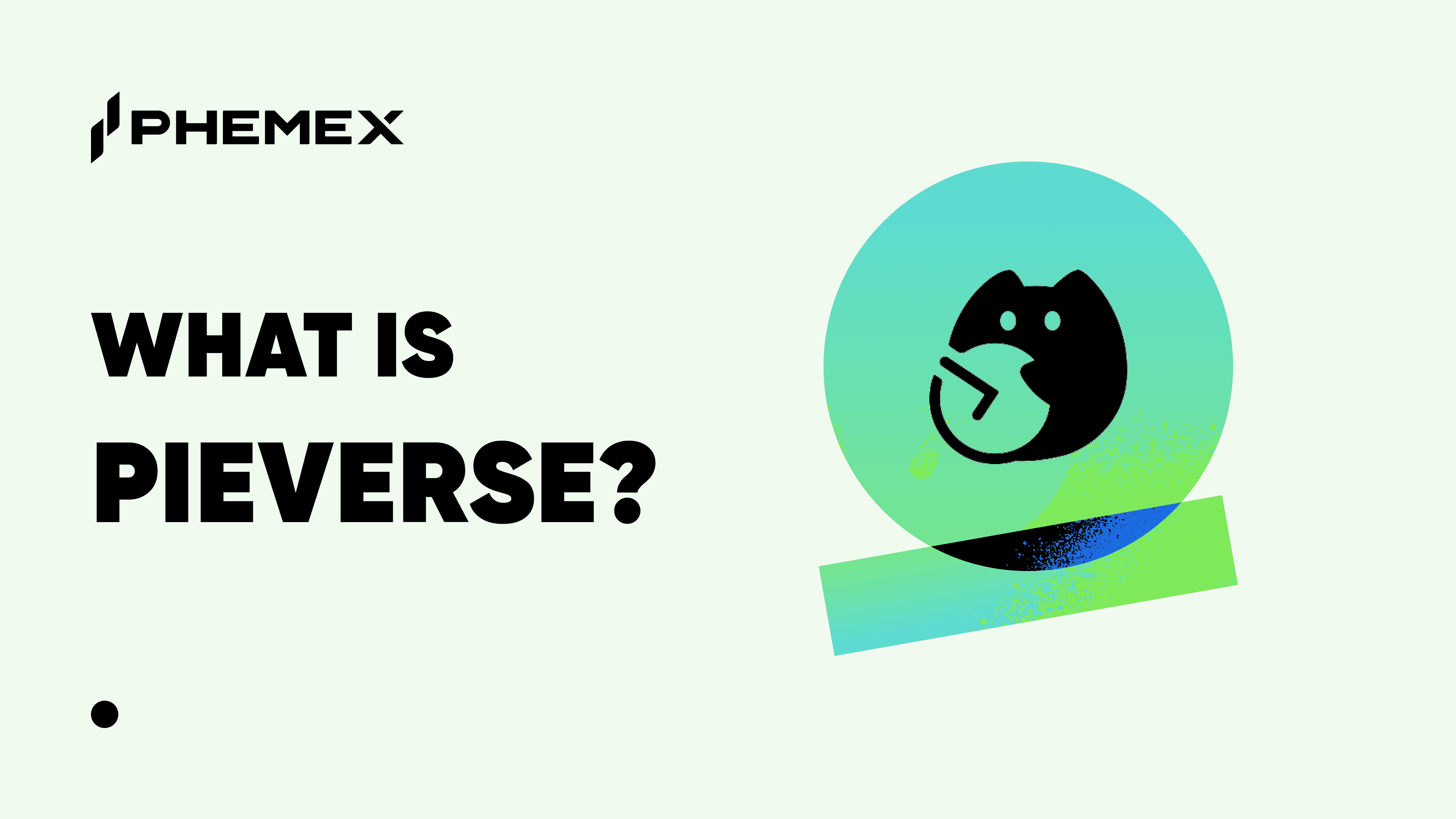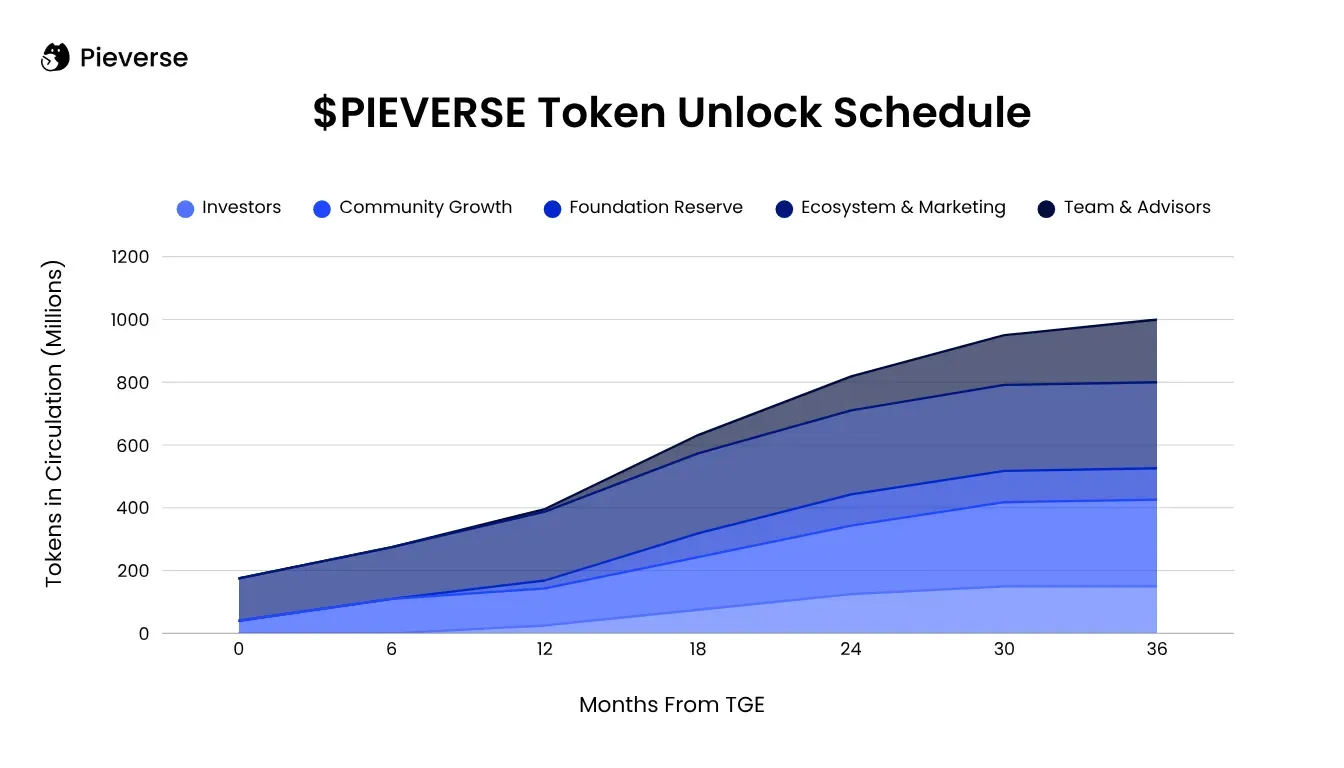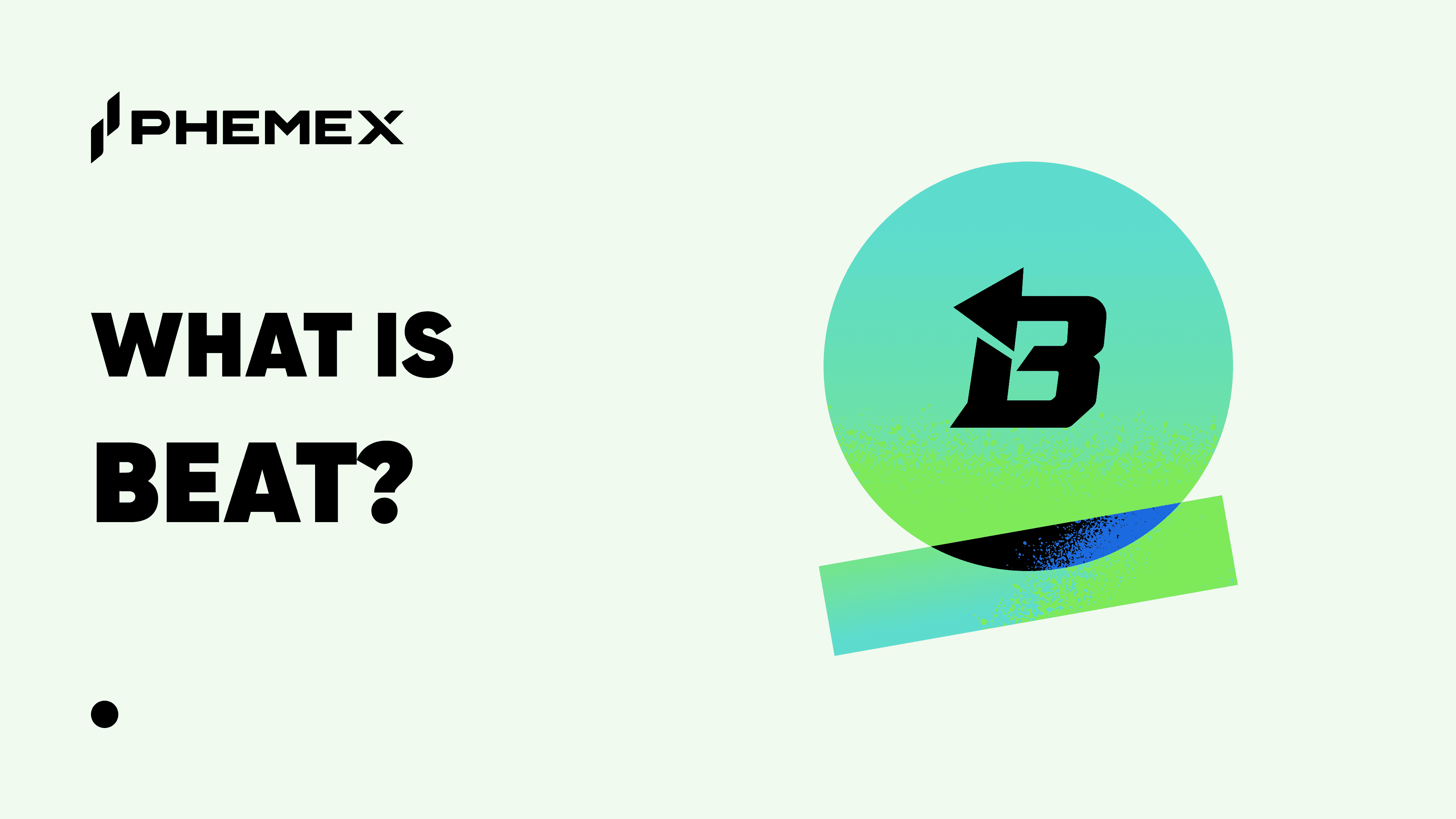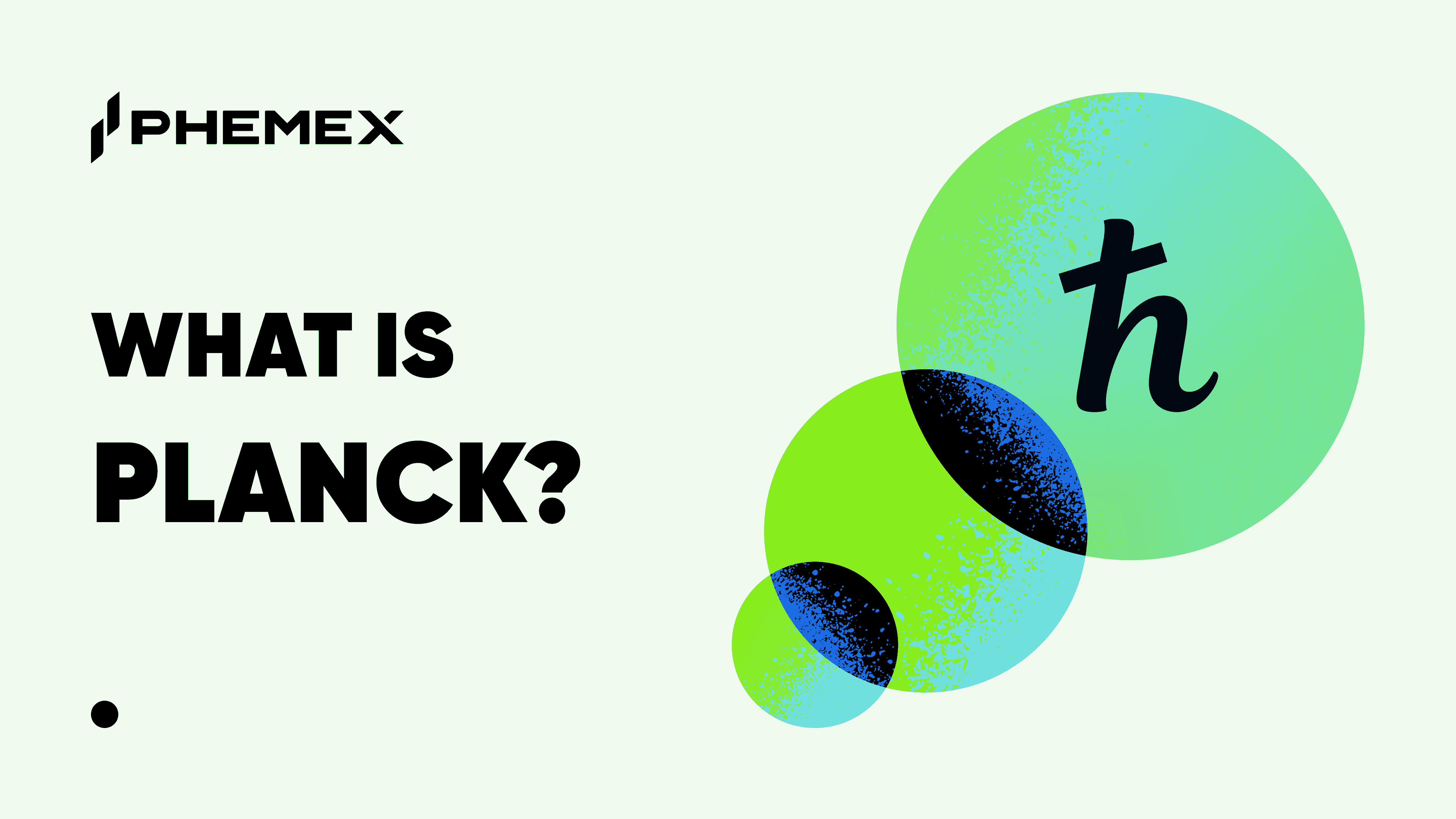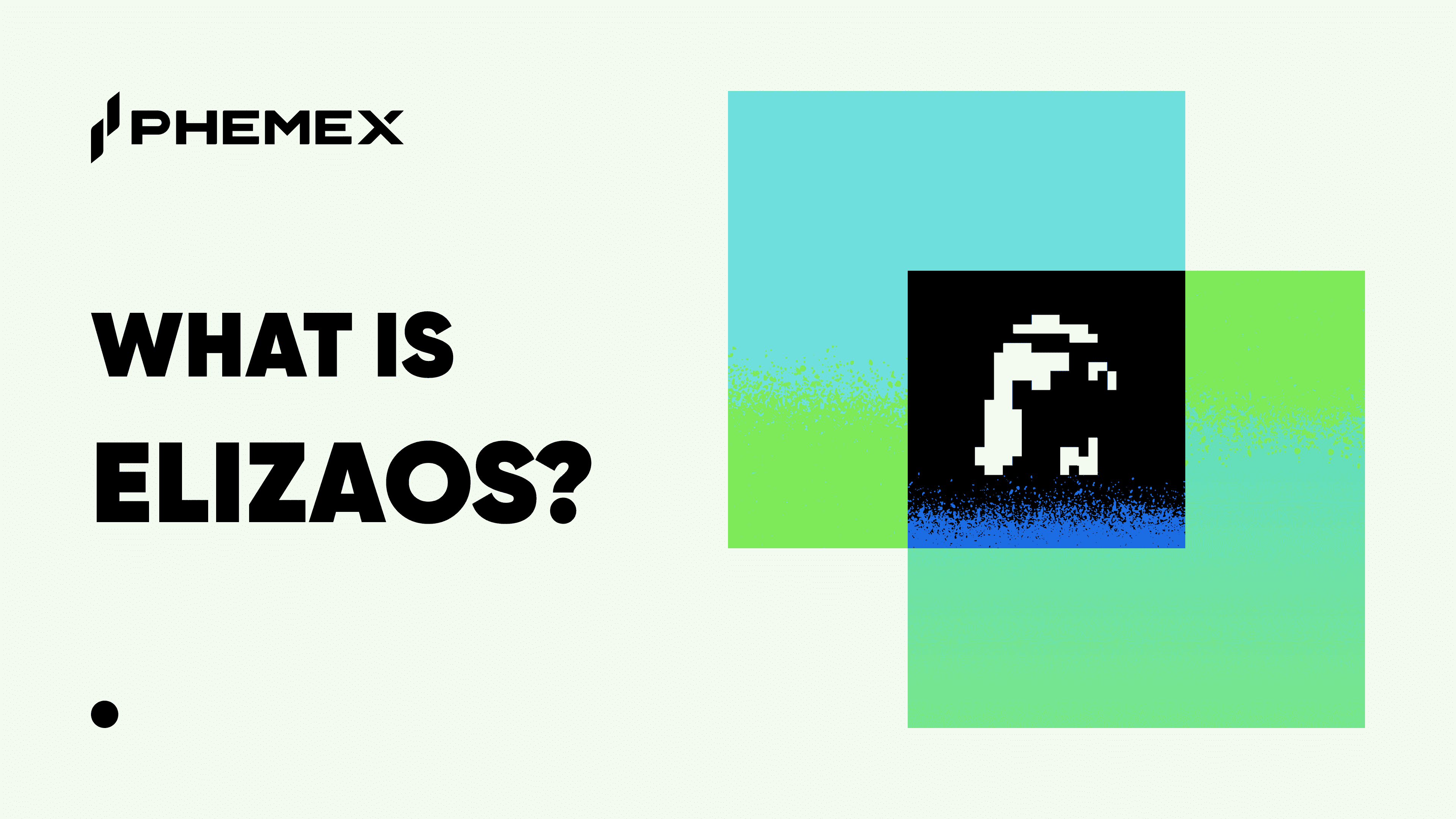Summary Box (Quick Facts)
-
Ticker Symbol: PIEVERSE
-
Chain: BNB Chain (BEP-20), Ethereum (ERC-20)
-
Contract Address (BNB Chain): 0x0e63b9c287e32a05e6b9ab8ee8df88a2760225a9
-
Circulating Supply: Data varies post-TGE; dependent on vesting schedule.
-
Total Supply: 1,000,000,000 PIEVERSE
-
Primary Use Case: An agent-native, compliant payment stack for Web3 that timestamps value.
-
Current Market Cap: Data varies post-TGE.
What Is Pieverse (PIEVERSE)?
Pieverse (PIEVERSE) is a specialized payment infrastructure designed for the next phase of the internet, often called the "agentic era." In this era, AI agents and automated systems will transact autonomously. What is Pieverse? It is an agent-native, compliant payment stack built to solve the critical challenges preventing Web3 from achieving mainstream business adoption. It provides the tools to create auditable, gasless, and verifiable on-chain invoices, receipts, and checks.
The core problem Pieverse addresses is the lack of structured, compliance-ready financial records in the crypto space. Pieverse explained simply, it transforms standard on-chain transactions into immutable proofs of value. Recognized by the prestigious Binance MVB 9 program, the project provides the essential rails for seamless and accountable payments between humans, AI agents, and machine-to-machine systems, positioning itself as a fundamental layer for a future decentralized economy.
How Many PIEVERSE Are There?
The tokenomics of PIEVERSE are structured to ensure long-term ecosystem health and progressive decentralization.
-
Max vs. Circulating Supply: The total supply is fixed at 1 billion PIEVERSE tokens. The circulating supply will grow over time according to a strategic vesting schedule designed to align the goals of the team, investors, and community.
-
Token Allocation: The distribution of the total supply is as follows:
-
Community Growth: 27.6%
-
Ecosystem & Marketing: 27.4%
-
Team & Advisors: 20%
-
Investors: 15%
-
Foundation Reserve: 10%
-
-
Mechanisms: The supply is capped, meaning it is not inflationary. The demand for the token is designed to increase organically as platform usage grows, creating a product-centric flywheel where utility drives value.
What Does PIEVERSE Do?
The PIEVERSE token serves as the utility and governance backbone of the ecosystem. The primary PIEVERSE use case is to empower users and drive the platform's decentralized operations.
-
Real-World and Network Use Cases: Pieverse enables freelancers and businesses to issue professional on-chain invoices and receive instant crypto payments with automatically generated, tax-compliant receipts. For DAOs, it offers transparent treasury management through verifiable checks for contributor payouts. For AI agents, it provides the API-driven infrastructure needed for autonomous micropayments.
-
Utility for Fees, Staking, and Governance:
-
Governance: PIEVERSE holders can propose and vote on key platform decisions, such as new feature integrations, fee structures, or ecosystem partnerships.
-
Staking & Incentives: Users can stake PIEVERSE to earn yield and gain access to premium platform features, such as advanced analytics or custom branding.
-
Payments & Discounts: The token can be used to pay for transaction fees and annual subscriptions at a discounted rate, creating a direct incentive for its use within the platform.
-
PIEVERSE vs. Allora
While both Pieverse and Allora operate at the intersection of AI and blockchain, they target fundamentally different use cases. Pieverse focuses on creating a compliant payment infrastructure for an AI-driven economy, whereas Allora aims to build a decentralized machine intelligence network.
| Feature | Pieverse (PIEVERSE) | Allora (ALLORA) |
| Primary Use Case | An agent-native, compliant payment stack for auditable Web3 business transactions. | A self-improving, decentralized AI network that provides verifiable machine intelligence. |
| Core Technology | Gasless payment protocol (x402b) and timestamping infrastructure for on-chain records. | A "self-improving" network of machine learning models with mechanisms for rewards and staking. |
| Target Audience | Web3 businesses, DAOs, freelancers, and developers building AI agent applications. | dApps requiring verifiable AI/ML outputs, data scientists, and machine learning model contributors. |
| Function | Transactional & Compliance: Creates verifiable financial records (invoices, receipts). | Computational & Intelligence: Provides access to crowdsourced machine learning predictions. |
| Token Utility | Governance, staking for premium features, and discounted platform transaction fees. | Staking for network security, payments for inference, and rewards for ML model contributions. |
The Technology Behind PIEVERSE
Pieverse’s innovation lies in its unique technical stack, designed for a seamless and compliant user experience.
-
x402b Protocol: At its core is the x402b protocol, an extension of the HTTP 402 "Payment Required" standard. This technology enables gasless payments where users or AI agents can initiate a transaction via a simple API call. A relayer handles the on-chain gas fee, which is reimbursed through a stablecoin transfer, removing a major point of friction for users.
-
Timestamping Infrastructure: Pieverse transforms on-chain data into verifiable assets through timestamping. This allows users to generate:
-
Invoices: Professional on-chain bills settled instantly.
-
Receipts: Immutable, privacy-preserving records stored on BNB Greenfield, a decentralized storage network. These receipts can be made compliant with various accounting standards (like GAAP or IFRS).
-
Time Checks: A novel, escrow-like financial primitive for conditional, programmable payments.
-
-
pieUSD Core: Transactions on the network are powered by pieUSD, a wrapped USDT stablecoin optimized for programmability and designed to be agent-friendly.
Team & Origins
Pieverse is developed by a public and highly experienced team with backgrounds in both top-tier tech and Web3 companies.
-
Founders & Core Team: The project is led by co-founders Colin, a Carnegie Mellon graduate and ex-Google/Uber engineer, and David, an NYU graduate formerly of Polkadot and Paxful. The team also includes Alice (Head of BD, Harvard alumna), Albert (Tech Lead, ex-Google engineer), and Alina (Head of Ecosystem, Cornell alumna).
-
Launch Timeline: The project roadmap includes a Token Generation Event (TGE) in Q4 2025, followed by a marketplace launch in Q1 2026 and a transition to a DAO-led governance model in Q2 2026.
-
Notable Backing: The team's collective experience includes work at Binance, Animoca, and leading Web3 security firms, providing a strong foundation of expertise.
Key News & Events
-
Binance MVB 9 Recognition: Pieverse was a recognized participant in the highly competitive Binance Most Valuable Builder accelerator program, a significant validation of its technology and vision.
-
TGE and Exchange Listings: The project is scheduled for its Token Generation Event (TGE) and initial exchange listings in Q4 2025.
-
Roadmap Highlights: Future plans include multi-chain expansion to Ethereum L2 solutions and forging strategic partnerships with major accounting and audit firms to enhance its enterprise-grade compliance features.
Is PIEVERSE a Good Investment?
Evaluating PIEVERSE as an investment requires analyzing its potential against its risks. (Disclaimer: This is not financial advice. Always conduct your own research.)
-
Past Performance: As an emerging project, its market history is nascent. Investors should monitor its performance post-TGE and as it hits key roadmap milestones.
-
Community Growth: The project has garnered significant interest, signaling a strong community base that understands the need for its solutions.
-
Tech and Market Positioning: Pieverse is targeting a critical and underserved niche: compliant, automated payments for the Web3 and AI economy. Its unique technology and clear focus give it a strong market position. The PIEVERSE investment potential is closely linked to the platform's adoption rate by businesses, DAOs, and AI developers.
-
Risks: Potential risks include competition from other payment protocols, navigating the complex global regulatory landscape for crypto, and the inherent volatility of the digital asset market.
Community Perspectives (via Reddit)
Discussions on platforms like Reddit indicate that the crypto community is intrigued by Pieverse's practical, business-oriented approach. Users often praise its focus on solving real-world problems like invoicing and tax compliance for Web3. The concept of an "agent-native" payment stack for an AI-driven future is a frequent topic, with many seeing it as a forward-thinking and necessary innovation. However, some community members are taking a wait-and-see approach, eager to witness the project's execution and ability to secure key enterprise partnerships.
How to Buy PIEVERSE on Phemex
Phemex provides a secure and user-friendly platform to trade PIEVERSE. Here’s a simple guide on How to buy PIEVERSE:
-
Create an Account: Register on Phemex and complete the verification process.
-
Fund Your Wallet: Deposit funds into your Phemex account. You can deposit crypto or purchase it directly via bank transfer or card.
-
Find the Trading Pair: Navigate to the Spot trading section and search for the PIEVERSE/USDT pair.
-
Place Your Order: Select your desired order type (e.g., Market or Limit), enter the amount you want to buy, and confirm the transaction.
To get started, Trade PIEVERSE now on Phemex.
FAQs
1. What is the agentic era and how does Pieverse fit in?
The agentic era refers to a future where AI agents and automated systems handle tasks and transactions autonomously. Pieverse is built as a foundational payment layer for this era, providing the gasless, auditable, and API-driven infrastructure these agents need to transact efficiently and transparently.
2. What is the x402b protocol?
The x402b protocol is Pieverse's core technology for enabling gasless payments. It allows a user or AI to initiate a payment via a standard API call, while a relayer handles the complex on-chain transaction and gas fees, simplifying the entire process.
3. What makes Pieverse's transaction records "compliant"?
Every Pieverse transaction generates an immutable receipt stored on a decentralized network (BNB Greenfield). These receipts are designed to be compatible with global accounting standards (like GAAP and IFRS) and can incorporate KYC/AML data via ZK proofs, making them ready for audits and tax reporting.
Summary: Why It Matters
Pieverse is not just creating another payment token; it is building a framework for timestamped trust in the decentralized economy. By focusing on the critical needs of compliance, auditability, and automation, it addresses the key barriers holding back widespread business adoption of Web3. Its infrastructure is designed for a future where AI agents manage treasuries, DAOs run global payroll, and every on-chain transaction is backed by a verifiable record.
Ready to explore the infrastructure for the next generation of Web3? Dive into more guides at the Phemex Academy and stay updated on the latest News about PIEVERSE and the live PIEVERSE price.





